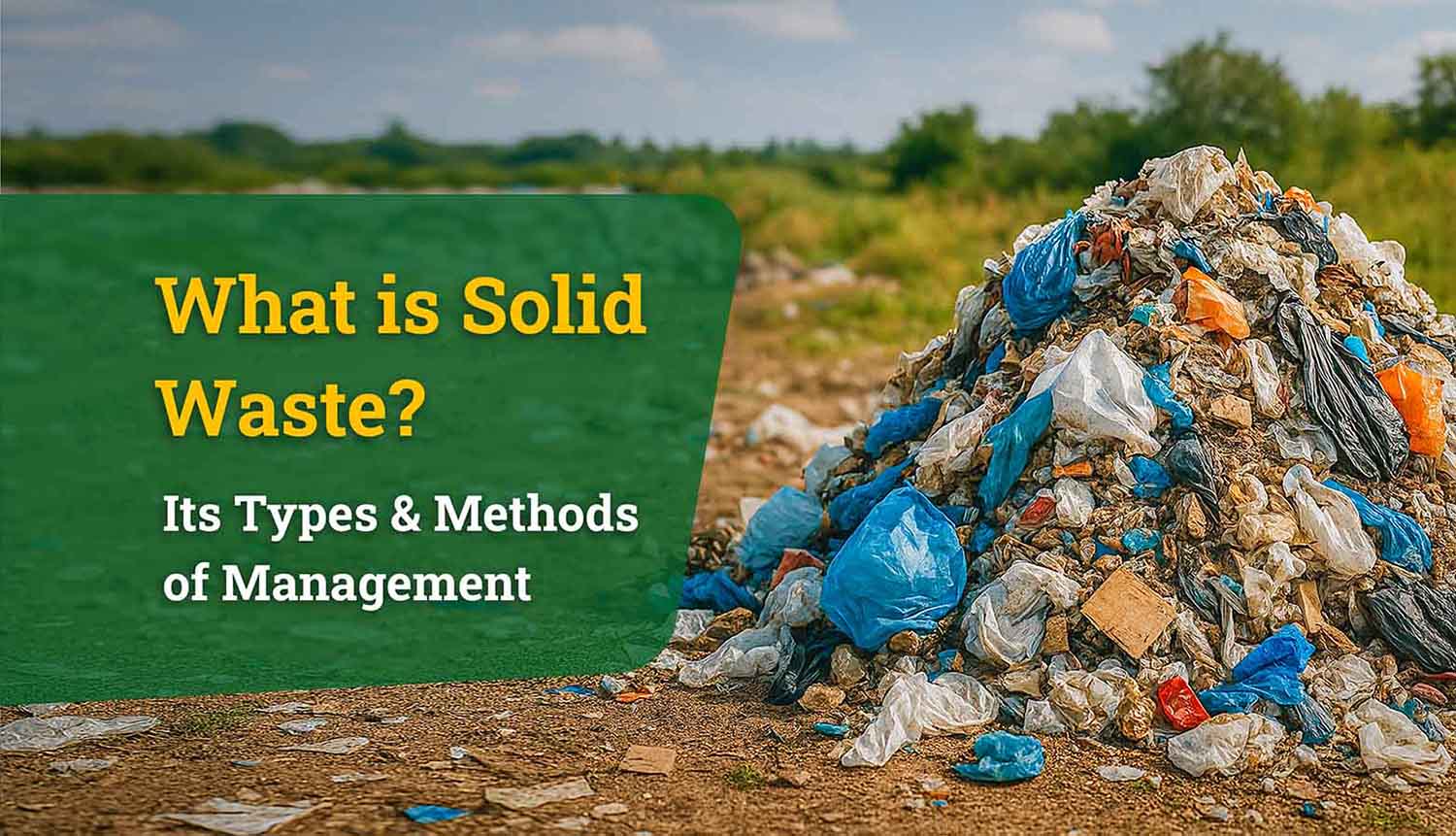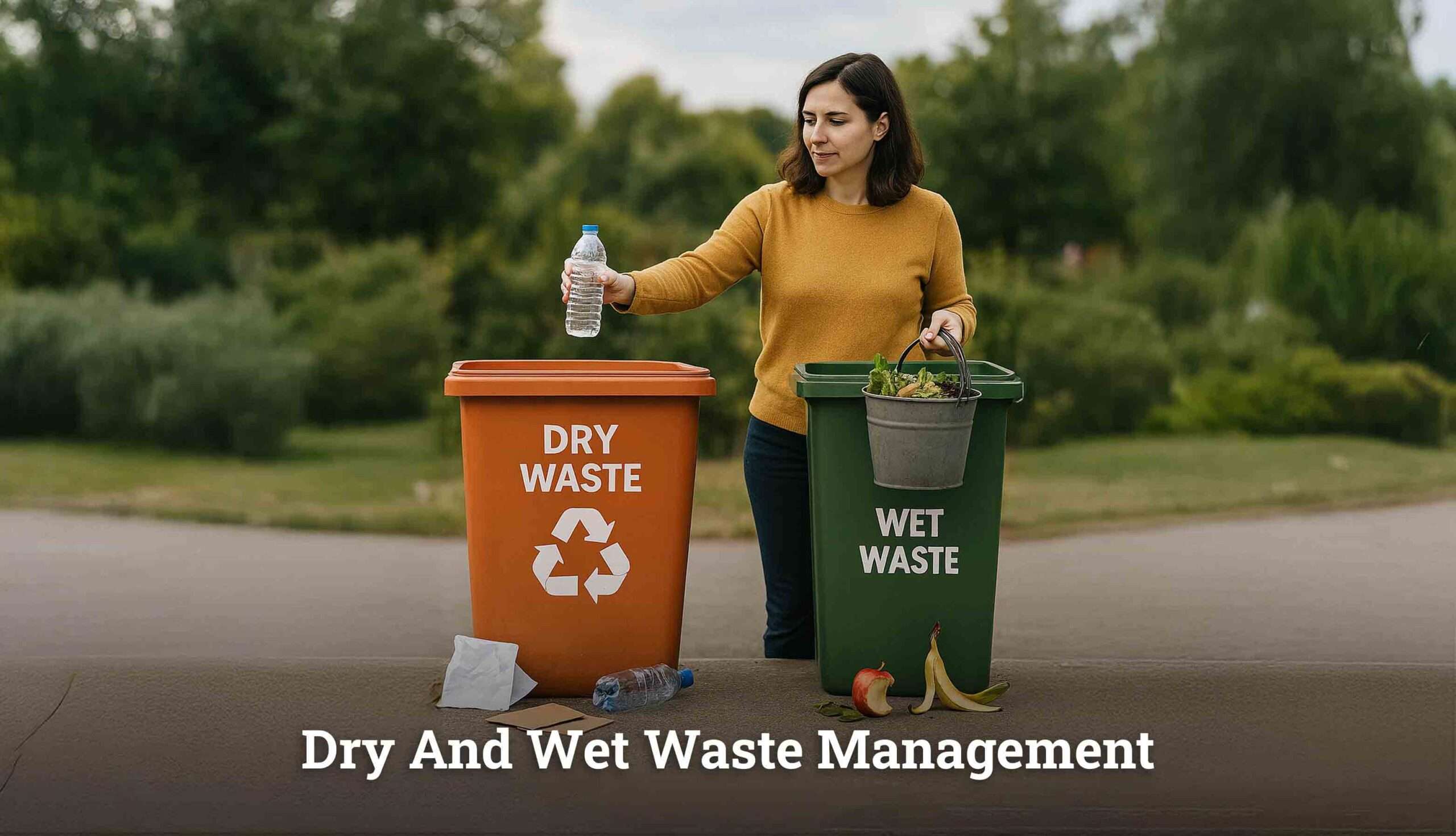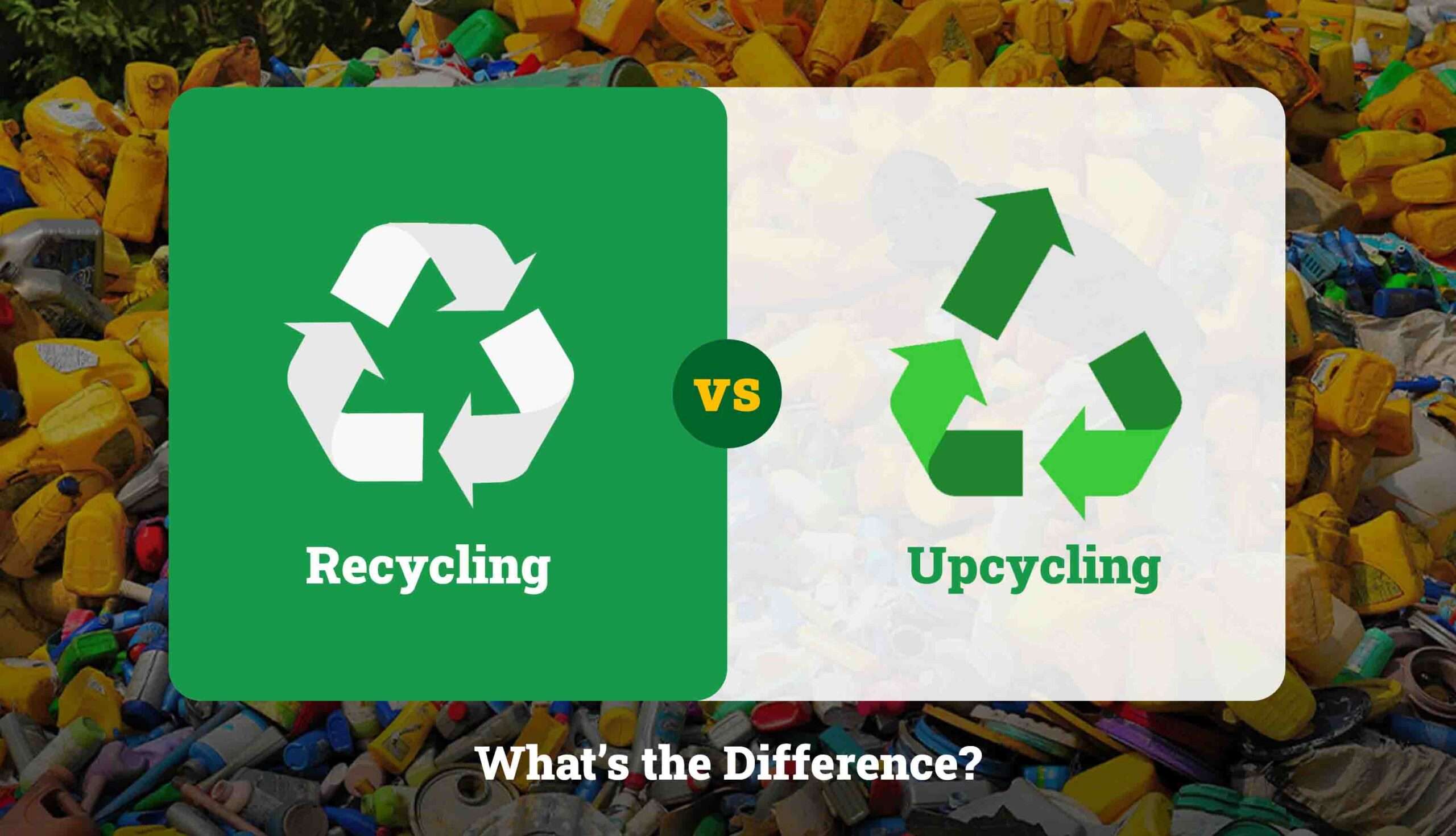Plastic, a pillar of contemporary industry, is extensively used in many industries. Yet, Single use plastic is a huge threat to sustainability in the environment. This type of plastic is used only once before it is thrown away, frequently ending up in landfills, waterways, or burn facilities. Plastic production globally totals more than 300 million tons annually, and nearly half of this is Single use material, posing the size of the issue to be real. In this article, we examine the nature of Single use plastic, its impact on the environment, and the practical measures required to cut its influence. Our aim is straightforward: to drive industry transformation by reducing reliance on these items and building a circular economy. The stakes are high, and the time for decisive action is now.
What is Single use Plastic?
Single use plastic is defined as products that are used once and then disposed of. These products, light in weight and cheap, have been well entrenched in the world’s supply chains and consumption patterns. Defining Single use plastic is crucial for businesses to pledge towards sustainable processes.
Plastic straws, Single use plastic bags, and disposable utensils are some examples of Single use plastics that are regularly used on a day to day basis by many businesses. Engineered for short-term use, Single use plastics typically are degradation-resistant in nature, and difficult to recycle in mass quantities. Produced by burning fossil fuels resulting in increased carbon emissions and global warming.
Single use Plastic Ban – A Global Context
The movement towards a Single use plastic ban is a testament to governments around the world shifting strategically in order to halt environmental deterioration. India, Canada, and the European Union have enacted legislation to phase out specific Single use plastics, and the process of systemic change is underway.
- India: Passed a nationwide prohibition in 2022 on items like plastic cutlery.
- EU: Plans phasing out 10 ubiquitous Single use plastics by 2030.
- Challenges: Scalable substitutes and enforceable compliance remain significant challenges.
This global roll-out of Single use plastic prohibitions signals a shared desire to reduce waste streams and preserve natural environments.
Single use Plastic Examples and Their Prevalence
Single use plastic illustrations under investigation confirm their ubiquitous application in industry and consumer markets. Their consumption calls for redressing regimes of manufacturing and waste management.
Plastic Bags
Temporary applications have existed in the environment for several decades.
Beverage Bottles
Millions of Single use bottles go to landfill annually, and waste treatment plants become clogged.
Packaging
Often non-recyclable, resulting in terrestrial and aquatic pollution.
These Single use plastic examples demonstrate the urgent need for industry leadership in driving sustainable innovation.
The Environmental Effects of Single use Plastic
Single use plastic effects on the environment are widespread, extending to ecosystems, biodiversity, and resource stability. Proof of these effects is evident, necessitating industry intervention now.
- Wildlife Effect: Animals suffer from ingestion or entanglement.
- Microplastic Explosion: Degradation into minute particles pollutes food chains.
- Emissions: Production and disposal processes release enormous greenhouse gases.
The harmful effects of Single use plastic demonstrate the responsibility of industry pioneers to spearhead efficient solutions.
The Impact of Single use Plastic on Daily Life
Apart from Single use plastic effects on the environment, it has a compounding impact on public health and economic frameworks. These indirect costs require a strategic re-examination of material dependency.
- Health Implications: Chemical leachate of plastic affects food safety.
- Economic Cost: Waste management and cleanup are expenses for municipal governments.
- Systemic Addiction: Excess feeds non-sustainable industrial practices.
Acknowledging this impact of Single use plastic is a significant move for companies wishing to own sustainability.
Single use Plastic Pollution – A Growing Threat
Single – use plastic pollution is a growing threat, particularly our oceans. Approximately 8 million tons of plastic enter oceans annually, much of which is Single -use, disrupting ecological balance.
- Marine Congestion: Produces enormous wasteland in oceanic currents.
- Land Degradation: Overburdens landfills with non-degradable trash.
- Air Quality: Incineration emits toxic emissions.
Fighting Single use plastic pollution is an issue for business decision-makers who are environmentally conscious.
Single use Plastic Solutions – What Can Be Done?
Fighting the Single use plastic issue calls for innovative and cooperative solutions. The following are strategic Single use plastic solutions to guide industry action:
1. Adopt Reusable Systems
Switch to durable substitutes like metal or glass.
2. Encourage Regulatory Measures
Encourage policies to restrict Single use products.
3. Foster Recycling
Utilise technologies or companies to recycle plastics into higher-value products.
4. Fuel Awareness
Educate the stakeholders on the influence of Single use plastic.
5. R&D Investment
Design biodegradable Plastic materials and innovative recycling technologies.
All these solutions are a roadmap to reducing the harmful effects of Single use plastic across sectors.
Conclusion
Single use plastic, a product of industrial ingenuity, has become a cause for alarm. Its contribution to pollution, the destruction of ecosystems, and diminishing resources is well-documented. Prohibiting Single use plastics and raising industry awareness are wins that signal improvement, but leaders are needed to act to galvanize change. We can change the paradigm by categorizing what is Single use plastic, identifying its examples, and adopting effective Single use plastic solutions. Our sustainable innovation and recycling work put us at the forefront of this issue, proving that a circular economy is possible. Commitment, partnership, and consistent determination toward a sustainable future are the way forward.
FAQ's
Why is Single use plastic problematic?
Single use plastic is problematic due to its environmental impact. Single – use plastic pollution constitutes emission of hazardous chemicals and microplastics that pollutes soil and water, injuring wildlife by consuming poisonous by-products and creating an array of issues for public health. To read more about the impact of plastic on the environment.
What is a Single use plastic ban?
Single use plastic ban is legislation that bans the production, sale, or application of disposable plastic in an effort to reduce its footprint on the environment as well as encouraging environmentally friendly options.
How do we reduce the use of Single use plastic?
Single – use plastic can be minimised by businesses using reusable items, developing more effective recycling systems, and advocating policy environments that prioritize sustainability more.

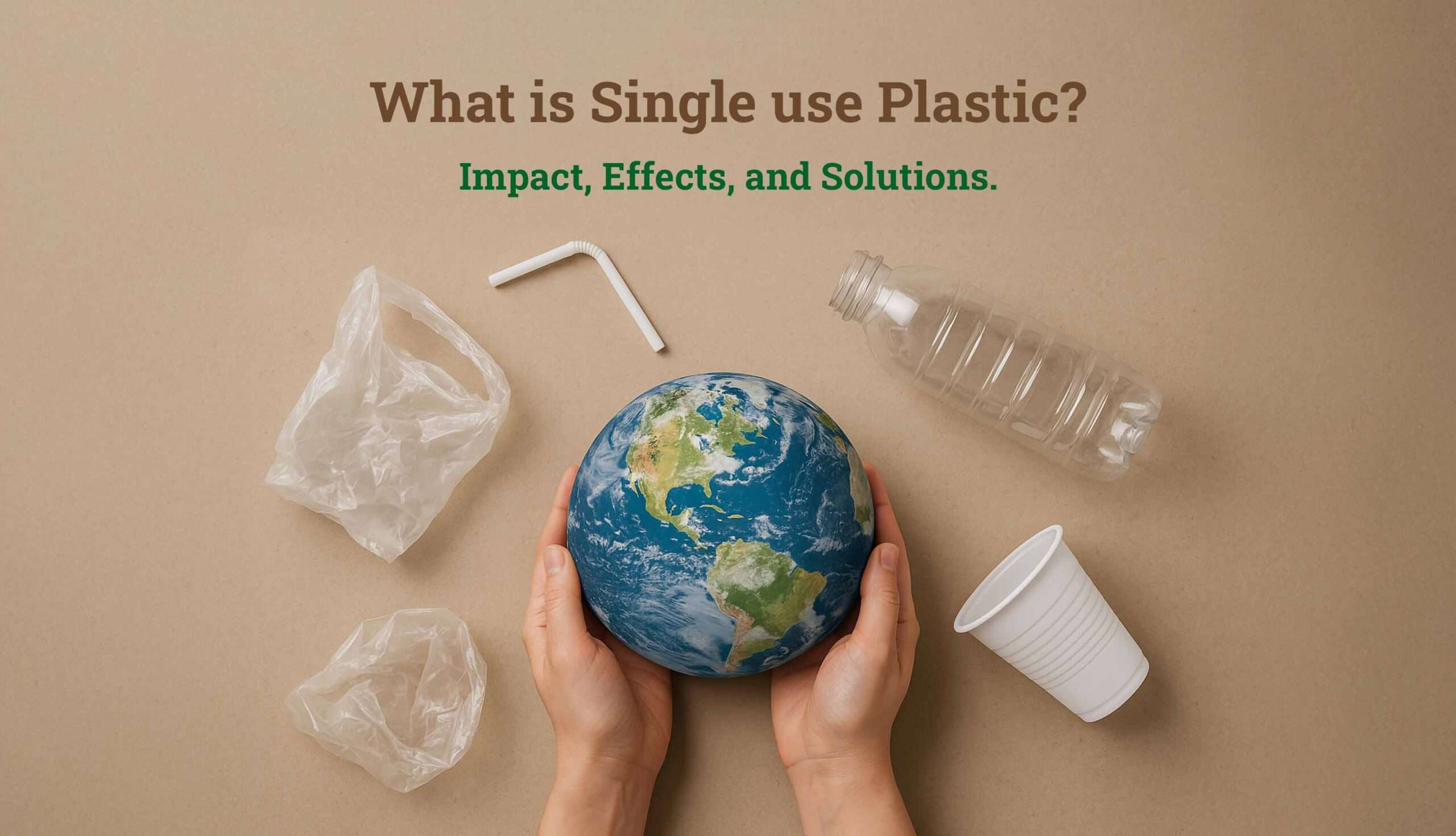
 Understanding Single use Plastic: Impact, Pollution, and Solutions
Understanding Single use Plastic: Impact, Pollution, and Solutions What Is Solid Waste and What Are Its Effects on the Environment?
What Is Solid Waste and What Are Its Effects on the Environment? Dry waste and wet waste management – waste segregation
Dry waste and wet waste management – waste segregation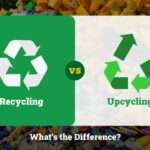 Recycling and Upcycling: What’s the Difference?
Recycling and Upcycling: What’s the Difference? What Are Plastic Granules? Meaning, Types, and Uses
What Are Plastic Granules? Meaning, Types, and Uses
